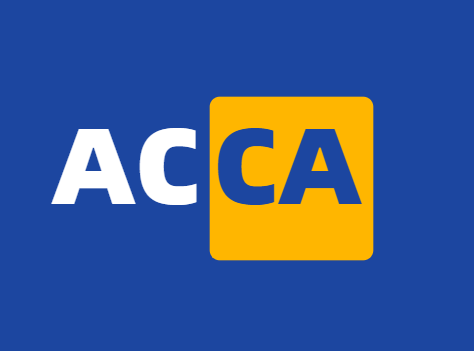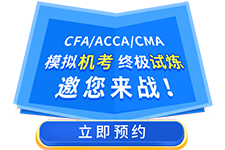本文为ACCA考试备考科目MA38条学霸笔记*后的12条。ACCA MA全称是Management Accounting,即管理会计,课程整体难度一般,差异分析的部分考试可能有些难度,另外财务比率的计算需要掌握,为今后的学习打好基础。融跃教育ACCA项目ACCA考友联盟继续为考友直推后13条ACCA MA学霸笔记。
27. critical success factor
A critical success factor is a performance requirement that is fundamental to competitive success.
28. Profitability ratios:
①Return on capital employed (ROCE)
=profit before interest and tax /(shareholders’ funds+ long-term liabilities) × 100%
② Return on equity (ROE)=profit after tax / shareholders’ funds × 100%
③Asset turnover=sales/ capital employed× 100%
=sales/(shareholders’ funds+ long-term liabilities) × 100%
④Profit margin= profit before interest and tax / sales × 100%
Profit margin × asset turnover = ROCE
29.Debt and gearing ratios:
①Debt-to-equity ratio=long-term liabilities / total equity × 100%
②Interest cover=PBIT/ Interest× 100%
30.Liquidity ratios:
①Current ratio =current assets/ current liabilities
②Quick ratio ( acid test ratio)=current assets minus inventory / current liabilities
31.Working capital ratios:
①Inventory days= average inventory *365 / cost of sales
②Receivables days= average trade receivables * 365 / sales
③Payables days= average trade payables *365 / cost of sales (or purchases)
32.Non-financial performance measures
Non-financial performance measures are considered to be leading indicators of financial performance.
① Market share
②Innovation
③Growth
④Productivity
⑤Quality
⑥Social aspects
33.The balanced scorecard :
① financial perspective
② external perspective
③ customer perspective
④ learning and innovation perspective
34.Benchmarking :
① Internal benchmarking
② Competitive benchmarking
③ Functional benchmarking
④ Strategic benchmarking
35.Value analysis
Value analysis is a planned, scientific approach to cost reduction, which reviews the material composition of a product and the product';s design so that modifications and improvements can be made which do not reduce the value of the product to the customer or user.
36.Four aspects of 'value'should be considered:
① Cost value
② Exchange value
③ Utility value
④Esteem value
37.ROI
ROI=PBIT / capital employed *100%
Widely used and accepted; As a relative measure it enables comparisons to be made with divisions or companies of different sizes.
38.RI
RI=PBIT- Imputed interest * capital employed.
Possible to use different rates of interest for different types of assets; Cost of finance is being considered.

















发表评论 取消回复